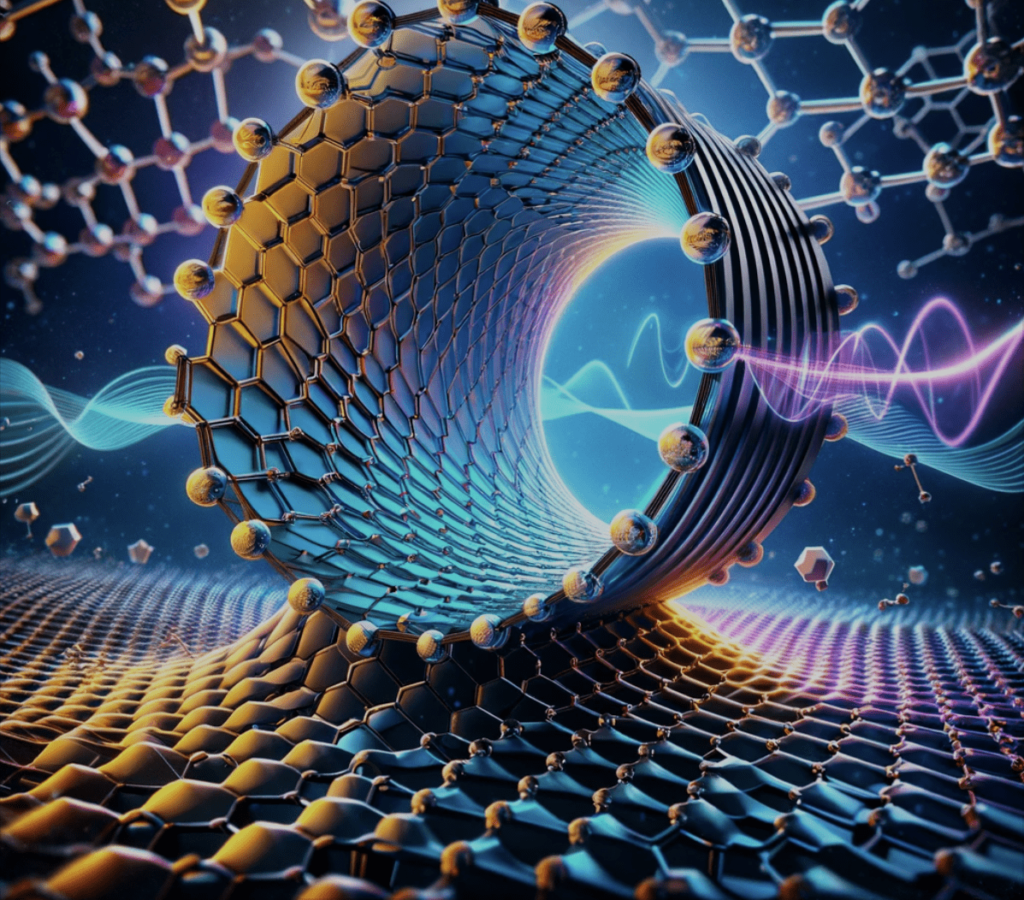
The twisted bilayer graphene (TBG) system is one of the important discoveries in condensed matter physics in recent years. It has become an extremely rich platform for studying quantum many-body physics. Especially at a specific twist angle, the so-called “magic angle” (approximately 1.05 degrees), TBG undergoes a superconducting phase transition. Although the origin of exotic superconductivity in TBG remains a controversial topic, it is generally believed that the flat-band effect plays an essential role. However, since TBG is not a stable configuration at the magic angle, it is often difficult to accurately prepare magic-angle graphene experimentally. Experiments have observed that when the twist angle deviates from the magic angle by 0.1 degrees, the superconducting phase disappears. This instability has limited extensive research on superconducting properties in TBG.
In this study, the researchers proposed a new method, namely, using quantum fluctuations in a chiral microcavity to engineer the band structure of TBG, so that TBG can form a flat band beyond the magic angle. The physical picture is that the chiral microcavity breaks time-reversal symmetry, and the vacuum quantum fluctuations in the cavity inherit the characteristics of time-reversal symmetry breaking. The time-reversal symmetry broken quantum fluctuations can induce energy gaps in the band structure, leading to a significant impact on the band flatness near the magic angle. By controlling the effective mode volume of the chiral microcavity, one can effectively tune the coupling strength of electron-photon interaction, achieving precise control of the band structure and even topological properties of the system. This work is based on the previous studies on the quantum atmospheric effect and the chiral vacuum molecule selection effect.
Cunyuan Jiang, Matteo Baggioli, and Qing-Dong Jiang, Phys. Rev. Lett. 132, 166901 (2024)
